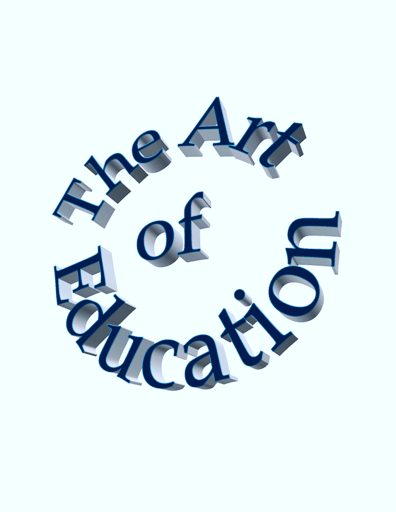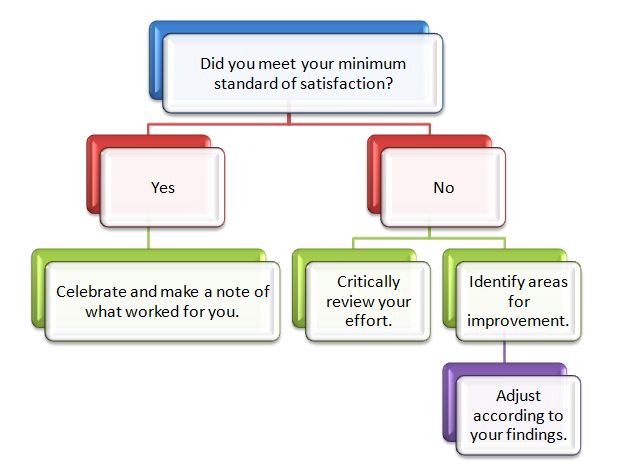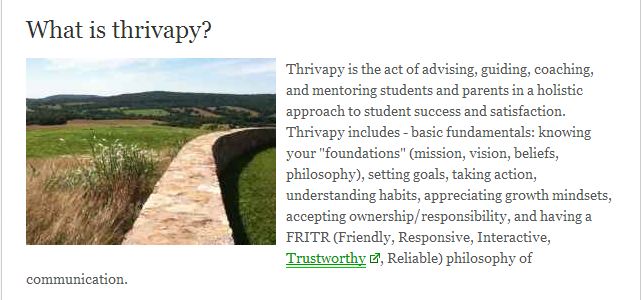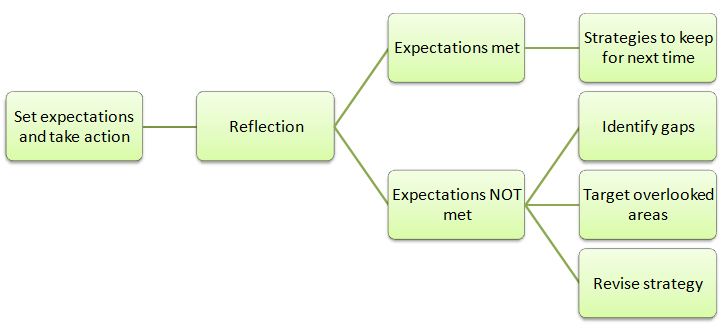Rewarding Mission
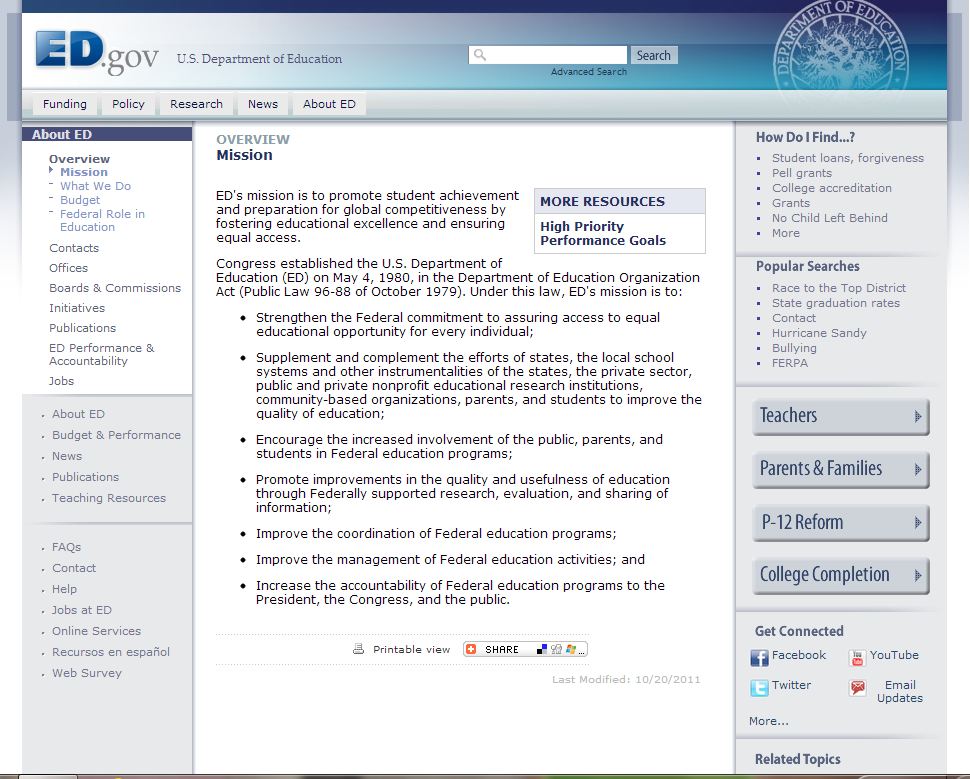
I am a believer in rewarding progress towards a mission. Taken form the United States Department of Education's website , here is their stated mission: ED's mission is to promote student achievement and preparation for global competitiveness by fostering educational excellence and ensuring equal access. Here is a screenshot (12/30/2012) I don't really have an answer here, but how - beyond test scores - are schools measuring progress towards attaining that goal? If there really aren't any measures beyond tests scores, then are schools being rewarded for mission progress or test scores? Finally, what role does diversity (a national strength) play in the realization of this mission? If all schools are measured for mission attainment based on the same measures, then is there no recognition for how a school in an urban area in the Northeast can make progress towards that mission differently than a school in a rural area of the Southwest? What about a suburba
